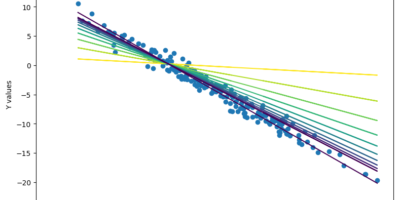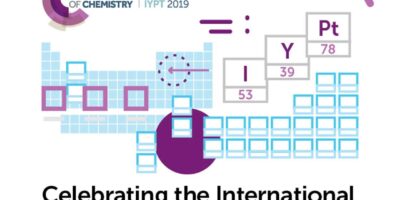On January 13, 2011, a single case of poliovirus was reported in India originating from the West Bengal region. Three years later, with no signs of the virus among the population, India has completely eradicated polio. This March, the World Health Organization (WHO) will make a formal announcement officially deeming India polio-free. The WHO takes a country off of the list of polio endemic countries after one year without any cases, and classifies a polio-free country as one that has had no reports of polio for three years.
The idea of a polio-free India was considered a nearly impossible task when the initiative to eliminate worldwide polio began in 1988, when India had nearly 30 000 cases of the virus. In 2009, India had the highest number of polio cases in the world. India has reduced polio prevalence through many effective vaccination programs as well as overcoming several key obstacles.
Eliminating polio in India was a joint effort by WHO, UNICEF, Rotary International, US Centers for Disease Control and the Bill and Melinda Gates Foundation with the Indian government. This process has not been without challenges. The task of eliminating polio in India was challenged by a high population, a staggering birthrate and extreme population density in some areas and lower density, isolated settlements in other rural parts of the country. Additionally, there have been situations when people have actively refused vaccination. The virus has been known to have multiple strains, which complicates the distribution and manufacturing of vaccines. Another common and major problem has been poor sanitation, which has been counteracted through encouragement of hand washing and hygienic living, as well as the construction of more effective sewage and water quality control systems.
Educating the general public about polio has been another key factor in its complete eradication. Communicating the information throughout a country of many different cultures and languages was a task which required impeccable organization on the part of the government.
Overall, efforts have been relentless. According to WHO, a single round of polio vaccinations in India has involved around “640 000 vaccination booths, 2.3 million vaccinators, 200 million doses of vaccine, 6.3 million ice packs, 191 million homes visited and 172 million children immunized.”
Although India is now free of polio, issues still lie ahead. In an increasingly connected world, India now faces the problem of viral transmission through migration into the country. The primary issue is with migrants from countries that are still polio endemic: Pakistan, Afghanistan, and Nigeria. Endemic regions are regions where there has been a constant presence of polio. A few other countries have reported cases after being polio-free for some time. The overall objective of the organizations actively fighting polio is to have no more cases reported by 2015, which would thereby lead to a polio-free world by 2018.
Polio, also known as poliovirus, is a virus (hence poliovirus) that attacks the nervous system. The virus can severely impair movement and has caused paralysis, deformation, and in some cases, death. Oftentimes, symptoms can be initially nonexistent. In India, the main victims of polio were young children under the age of five, who were often infected through contaminated water.




Leave a Reply